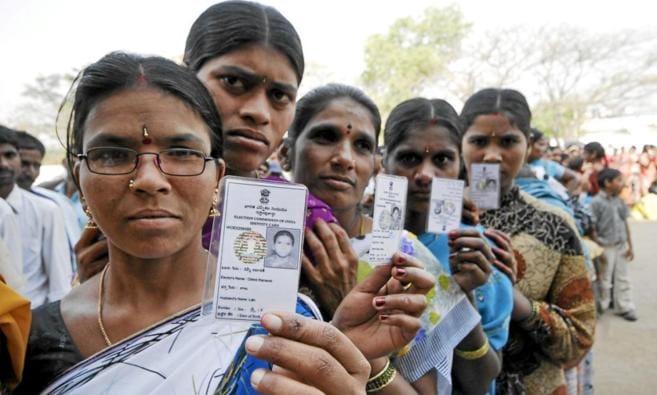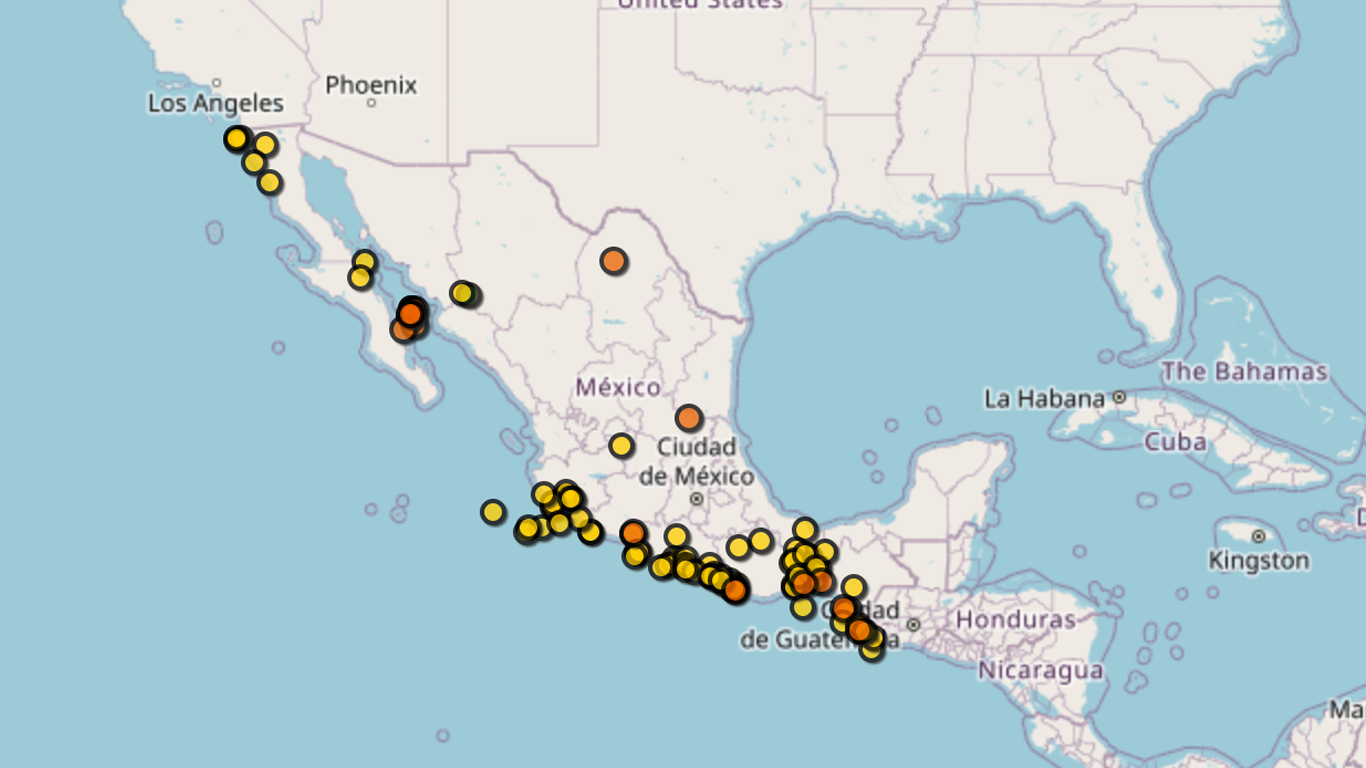La titular de la Secretaría de Salud, Patricia Mora González, dio a conocer que hasta ahora se registran 13 casos de zika en Morelos.
La funcionaria estatal refirió que 3 de los casos de zika son de mujeres embarazadas, además de que los municipios del centro y del sur del estado es donde generalmente se tiene la mayor cantidad de vectores.
Finalmente, destacó que no se baja la guardia y se llevan actividades de descacharrización.






